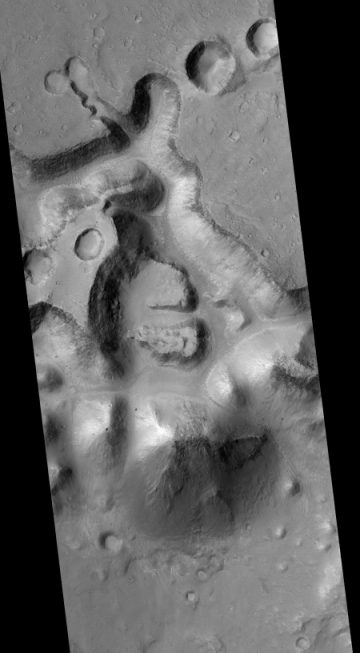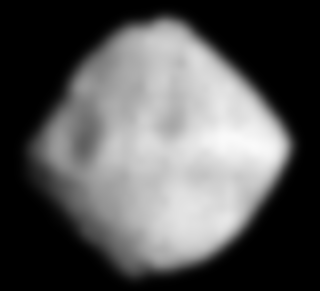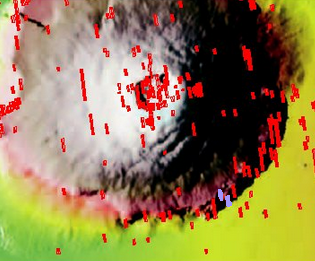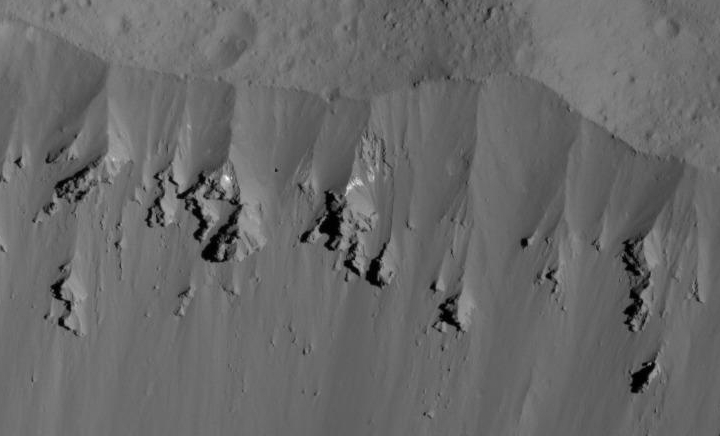Trace Gas Orbiter releases new images
Cool image time! Europe’s Trace Gas Orbiter, now in its science orbit around Mars, has released some new pictures (the top five images at the link). The image above shows the very long and meandering canyon Uzboi Vallis as it cuts through the rim of Holden Crater, on the right. If you click on the image you can see a higher resolution version.
With this release the European Space Agency does a very poor job of providing relevant information. It does not provide the latitude/longitude of this image, its scale, or a context image. Thus, I can only guess at its precise location.
Regardless, this area, where Uzboi Vallis enters Holden Crater, is one of the candidate landing sites for the American 2020 Mars rover. Uzboi Vallis is thought to have been formed by flowing water as it cut through a number of craters in the southern high plains.
Cool image time! Europe’s Trace Gas Orbiter, now in its science orbit around Mars, has released some new pictures (the top five images at the link). The image above shows the very long and meandering canyon Uzboi Vallis as it cuts through the rim of Holden Crater, on the right. If you click on the image you can see a higher resolution version.
With this release the European Space Agency does a very poor job of providing relevant information. It does not provide the latitude/longitude of this image, its scale, or a context image. Thus, I can only guess at its precise location.
Regardless, this area, where Uzboi Vallis enters Holden Crater, is one of the candidate landing sites for the American 2020 Mars rover. Uzboi Vallis is thought to have been formed by flowing water as it cut through a number of craters in the southern high plains.







 l
l



